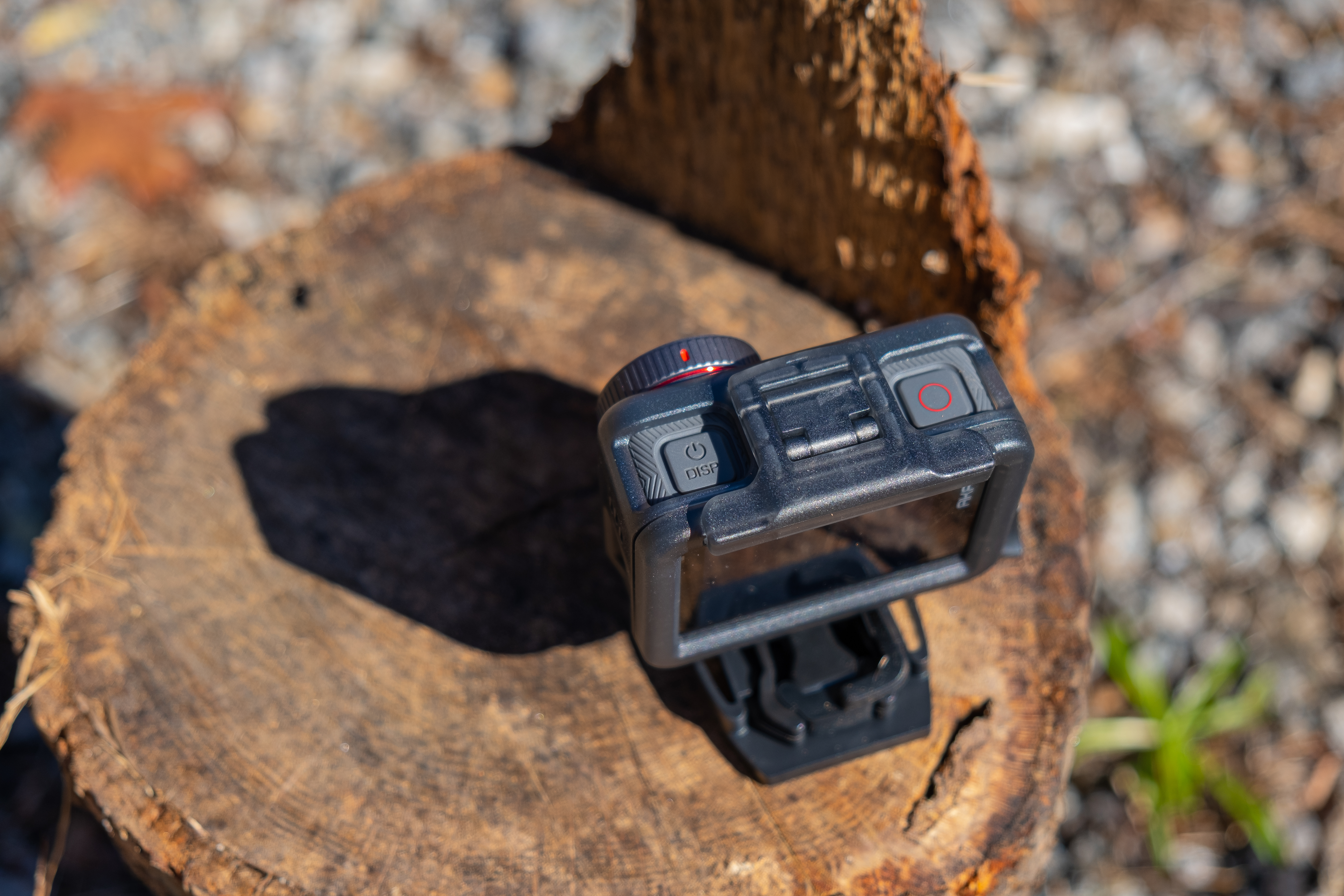The triumph of action camcorders has been going on for several years. Originally only used by athletes, action cameras are now also attached to drones or taken on vacation diving trips. Some also use the handy cameras as a replacement for much larger video recording devices and thus create amazingly good short films.
Depending on what you want to use an action cam for, you should pay attention to certain equipment and the corresponding accessories.

The essentials in brief:
Action cams are versatile. For a long time now, they have not only been part of the basic equipment of many outdoor athletes but are also used when traveling and on vacation.
With a wide range of accessories, action cams can be attached almost anywhere and used in any situation. The camcorders are often attached to the helmet.
Inexpensive devices don't have to be bad, and you can get good models for less than 100 bucks. Above all, good recordings require one thing – suitable lighting conditions.
What is an action cam and what makes it different from other cameras?
The action cam is the successor to the digital camera. It is smaller, handier, and delivers high-resolution images that it saves on a microSD card or sends directly to the smartphone. However, unlike smartphones, action cams are much more resilient. Even when skiing at full speed, a fall would not damage the camera. In addition, there is waterproof and dustproof housing, so that the device takes pictures even under the most adverse conditions. The action cam even allows underwater recordings while driving, which would not be possible with a smartphone.
In addition to the size of the housing, the action camera differs from a single-lens reflex camera in its active image stabilization. This means that the action cam records videos and images with almost no shake, which is crucial for the image quality when driving at high speed.
What features can Actions cams have?
The functionality of an action cam depends heavily on the price range in which the device is located. Higher quality models are equipped with more functions than cheaper devices. The following functions can be found in models from different manufacturers:
Burst shots
Series images are images that are shot within a few milliseconds. This can be up to 240 images that record fractions of a second. This allows stunts or special moments to be recorded that only take place in a short moment. In this way, the camera captures every moment of a jump, from the take-off to the flight phase to the landing.
Timelapse footage
Timelapse recordings, also known as slow-motion recordings, are serial images in video form. The action camera records the video material in time-lapse and plays it back. It is crucial that the device takes as many pictures per second as possible. This is comparable to the continuous shooting function, because the more frames the camera takes per second, the smoother the video appears.
Electronic image stabilization
Electronic image stabilization, also known as Electronic Image Stabilization (EIS), describes the retouching of image shake using a movable lens. The action cam detects movements via gyroscope sensors, whereupon the EIS aligns the image in such a way that almost no shaking can be seen in the video recordings. While the action cam cannot retouch falls, the picture is free of shake when skiing, whereas recordings from smartphones produce inferior images under such circumstances.
HDR shots
HDR recordings are video or image recordings with a high dynamic range. This means that photos and videos are recorded in a wider range of colors, which means that the images appear more vivid and real than with an action cam that only produces standard dynamic range recordings.
Starlapse feature
The Starlapse function or time-lapse recordings can only be found on high-priced models. With time-lapse recordings, the action cam stays in one place for several minutes to hours and records the sunrise, for example. The user can then view the recording quickly. With the Starlapse function, on the other hand, the lens opens extremely wide, so that more light enters the camera and night shots are possible. This allows the user to film the night sky and see the stars or moon move.
Waterproof
Very few current action cams are waterproof. Nevertheless, you have no problem if you want to take your action camera with you on your snorkeling vacation. For almost all models there are corresponding waterproof housings and cases. Often these are already part of the supplied standard accessories. Almost all action camcorders can be easily converted to underwater cameras.
Action cams - a short history of evolution
In 2004, the first Action Cam from GoPro was released, called the GoPro HERO 35mm. Although it was initially intended more for fans of extreme, aquatic, and mechanical sports, its features have over the years won over the general public and professional circles other than sports.
Its strength? It's a waterproof and shockproof camera that works on film and will revolutionize the way sports are filmed.
Year after year, the manufacturers have improved the capabilities of their cameras by increasing the resolution of photos and videos, the level of waterproofing and shock resistance, the lens ratio by introducing the wide-angle, increasing the number of FPS leading to higher quality slow motion and also the size of their ever-smaller camera. These various improvements bring us today to a new generation of self-stabilized cameras, capable of recording slow-motion at 120 IPS in 4K, a wide-angle in 16mm, significantly improved sound quality, and an HDR mode directly integrated into the camera and even able to record 360° video.
Read More: Learn About the Action Camera (Section Ⅱ)

















